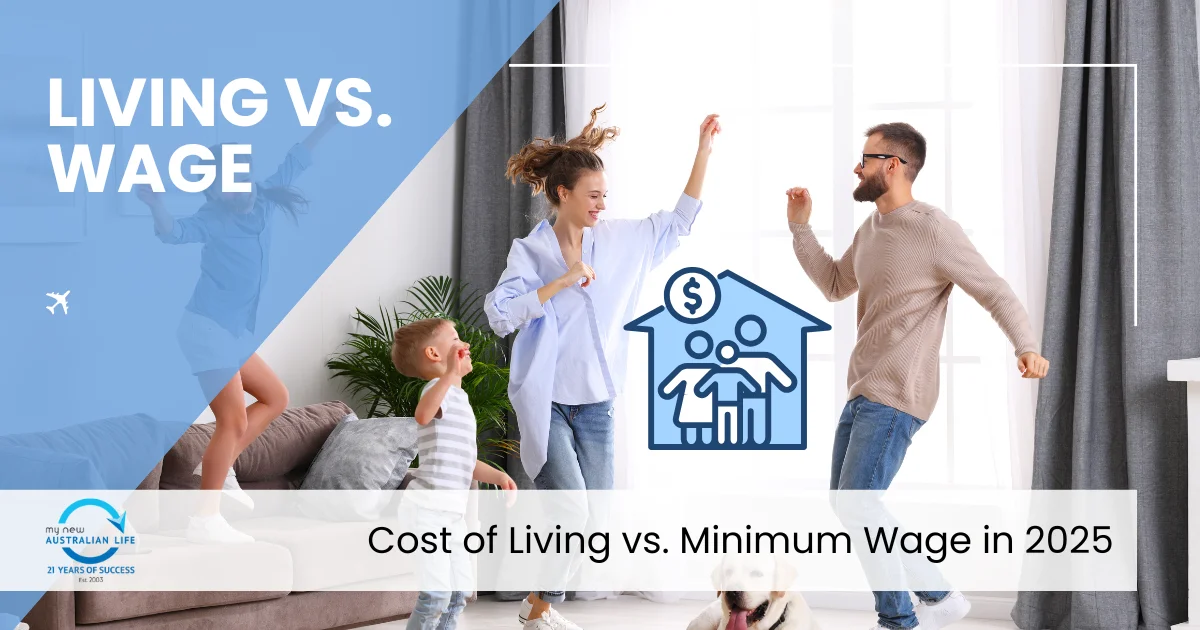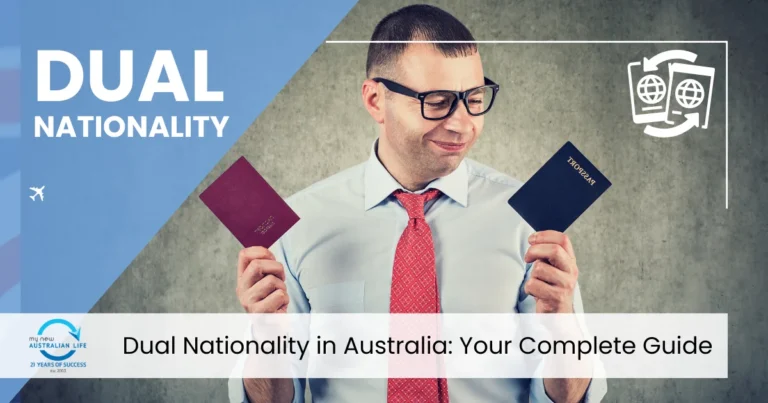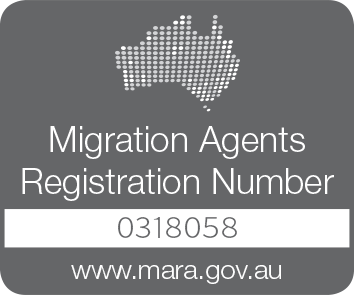Australia’s minimum wage plays a crucial role in ensuring fair pay and supporting workers’ ability to meet the rising cost of living. In 2025, the minimum wage adjustment comes at a time when economic factors such as inflation, housing costs, and everyday expenses are under constant scrutiny. This article delves into the relationship between the minimum wage and the cost of living, exploring whether the new rate adequately supports Australian workers.
What Drives the Cost of Living in Australia?
The cost of living encompasses essential expenses such as housing, food, transportation, utilities, healthcare, and education. Factors influencing these costs include:
- Inflation: Rising prices across goods and services.
- Housing Market: Rental and property price trends.
- Utility Costs: Electricity, gas, and water expenses.
- Transportation: Fuel prices and public transport fares.
- Food Prices: Grocery costs and dining out.
- Healthcare and Education: Access to medical services and schooling.
Comparing Minimum Wage and Living Expenses
To understand the balance between income and expenses, let’s examine the 2025 minimum wage against key living costs. The table below provides a snapshot of average monthly expenses for a single adult in a major Australian city.
| Expense Category | Average Monthly Cost (AUD) | Percentage of Minimum Wage Income |
|---|---|---|
| Housing (Rent) | $1,800 | 45% |
| Groceries | $600 | 15% |
| Utilities (Electricity, Gas, Water) | $200 | 5% |
| Transportation | $150 | 3.75% |
| Healthcare | $100 | 2.5% |
| Entertainment & Misc. | $300 | 7.5% |
| Total | $3,150 | 78.75% |
In this scenario, nearly 79% of a minimum wage worker’s income goes toward basic living expenses, leaving little room for savings, emergencies, or discretionary spending.
Minimum Wage & Living Expenses Calculator
Regional Differences
Living costs vary significantly across Australia. Major cities like Sydney and Melbourne tend to have higher housing and transportation costs compared to regional areas. Conversely, regional areas might offer cheaper housing but fewer job opportunities and higher transportation costs due to limited public transport.
| Region | Average Rent (1-Bedroom) | Public Transport Monthly Pass |
| Sydney | $2,200 | $217 |
| Melbourne | $1,900 | $160 |
| Brisbane | $1,700 | $150 |
| Adelaide | $1,500 | $120 |
| Regional Areas | $1,000 | $100 |
Is the 2025 Minimum Wage Enough?
When comparing minimum wage growth to cost of living increases, there are several concerns:
- Wage Growth vs. Inflation: In recent years, wage growth has lagged behind inflation, reducing purchasing power. As inflation pushes prices higher, minimum wage increases often fail to keep pace, making it harder for workers to maintain the same standard of living. This disparity can lead to a gradual erosion of financial stability for minimum wage earners.
- Savings and Emergency Funds: Many minimum wage workers find it difficult to save, making them vulnerable to unexpected expenses. Without the ability to build a financial cushion, these workers are at greater risk of falling into debt when faced with emergencies such as medical bills, car repairs, or sudden job loss. This lack of savings can create a cycle of financial insecurity.
- Work-Life Balance: Some workers take on multiple jobs to make ends meet, affecting mental health and work-life balance. Long working hours leave little time for rest, family, or personal pursuits, which can contribute to burnout, stress, and reduced overall well-being. Balancing multiple jobs may also impact productivity and job satisfaction.
- Access to Opportunities: Limited disposable income restricts access to education, skill development, and career growth opportunities. Many workers cannot afford training programs or higher education, which hinders upward mobility and perpetuates a cycle where higher-paying jobs remain out of reach.
- Quality of Life: Beyond financial concerns, the constant pressure to cover basic expenses impacts mental health, social engagement, and overall quality of life. Workers on minimum wage may forego leisure activities, travel, and personal development opportunities due to budget constraints, leading to a less fulfilling lifestyle.
People also read:
List of Australian Cities Offering Sponsorship in 2025
Hidden Costs of Moving to an Australian Sponsored City
Do New Immigrants Need to Pay Taxes in Australia?
2025 Minimum Wage in Australia
Government Support and Resources
To assist low-income earners, the Australian Government offers various support mechanisms, including:
1. Centrelink Payments
Centrelink provides financial assistance to individuals and families experiencing financial hardship. Several payments are available, each tailored to different circumstances:
- JobSeeker Payment: Financial support for individuals who are unemployed and actively looking for work.
- Eligibility: You must be between 22 years old and the Age Pension age, meet income and assets tests, and demonstrate you’re actively seeking employment.
- Youth Allowance: Designed for young people aged 16–24 who are studying, undertaking an apprenticeship, or looking for work.
- Eligibility: Depends on age, study or job-seeking status, and household income.
- Age Pension: Provides income support for older Australians who have reached pension age.
- Eligibility: You must be 67 or older (depending on your birth year), meet residency rules, and pass income and assets tests.
- Disability Support Pension (DSP): Offers financial help to those with a permanent physical, intellectual, or psychiatric condition that affects their ability to work.
- Eligibility: You’ll need medical evidence, meet age and residency rules, and demonstrate a limited capacity to work.
How to Apply for Centrelink Payments:
- Create a myGov account: Visit myGov and sign up if you don’t already have an account.
- Link Centrelink: After logging into myGov, link your Centrelink account. If you don’t have one, you’ll need a Customer Reference Number (CRN), which you can get online or in person at a Centrelink office.
- Submit your claim:
- Go to the Centrelink section of your myGov account, select the relevant payment type, and complete the online application.
- Provide necessary documents like ID, bank account details, income statements, and medical reports if applying for DSP.
- Track your claim: You can check the status of your application through myGov. Centrelink will notify you of the outcome once your claim is processed.
2. Rental Assistance
If you’re renting and receiving eligible Centrelink payments, you may qualify for Rent Assistance — a regular payment added to your existing benefits to help cover rental costs.
- Eligibility:
- You must be receiving an eligible Centrelink payment.
- Pay rent, fees in a retirement village, or lodging costs.
- The amount you receive depends on your rent and personal circumstances.
How to Apply for Rental Assistance:
- Automatic assessment: When applying for certain Centrelink payments (e.g., JobSeeker, Youth Allowance), your eligibility for Rent Assistance is automatically assessed.
- Submit rental details: Provide proof of rent, such as a formal lease agreement, rent receipts, or a landlord’s letter.
- Receive payments: If approved, Rent Assistance will be added to your regular Centrelink payment.
3. Tax Offsets and Concessions
The government reduces tax burdens for low-income earners through various offsets and concessions:
- Low and Middle Income Tax Offset (LMITO): Provides tax relief for those earning up to a specified threshold.
- Eligibility: No separate application is required. If you meet the income criteria, the offset is automatically applied when you lodge your tax return.
- Senior Australians and Pensioners Tax Offset (SAPTO): Offers tax reductions for eligible seniors and pensioners.
- Eligibility: Based on age, income, and whether you receive an eligible pension.
- Medicare Levy Reduction or Exemption: Reduces or exempts certain low-income earners from paying the Medicare Levy.
- Eligibility: Determined by income level and personal circumstances.
How to Claim Tax Offsets and Concessions:
- Check eligibility: No need to apply separately for most offsets.
- Lodge your tax return:
- Use myTax through myGov, hire a registered tax agent, or submit a paper return.
- Medicare Levy Exemption: Include the relevant section in your tax return, and the Australian Taxation Office (ATO) will calculate the reduction or exemption based on your income.
The 2025 minimum wage increase offers some relief, but it may not fully bridge the gap between income and expenses for many Australians. Policymakers must continue evaluating wage adjustments to ensure fair compensation in line with rising costs.






